When looking for efficient ways to handle office printing needs, copier leases often rise to the top as a practical solution. Here’s why:
- Cost-Effectiveness: Copier leases allow businesses to avoid large upfront costs associated with purchasing a machine outright.
- Maintenance Included: Many leases include regular maintenance and repairs, reducing the hassle of unexpected breakdowns.
- Upgrade Options: Leases often provide flexibility to upgrade to newer models, helping keep up with technological advancements.
- Predictable Budgeting: With set monthly payments, it’s easier to manage budgets and forecast expenses.
- Optional End-of-Lease Choices: At the lease’s end, you can opt to buy, return, or upgrade your equipment.
For many businesses, especially mid-sized companies like yours, navigating copier leases can be essential to streamline operations and reduce downtime. Leasing offers flexibility and scalability that buying doesn’t offer, helping many organizations improve productivity without straining financial resources.
As the business landscape evolves, embracing efficient document management solutions becomes crucial. Whether it’s improving workflow, managing content, or safeguarding data, understanding the nuances of copier leases is key to making informed decisions.
Understanding Copier Leases
Navigating copier leases can seem daunting, but understanding key terms and conditions can make the process much smoother. Here’s a breakdown of what you need to know.
Key Terms and Conditions
Automatic Renewal: Be aware that many copier leases automatically renew unless you provide notice to terminate or renegotiate. This means you could be locked into another term if you’re not proactive.
End-of-Lease Options: At the end of your lease, you’ll typically have a few choices: extend the lease, return the copier, or purchase it. Each option has its own implications, so evaluate what works best for your business needs.
Maintenance Agreement: A significant advantage of leasing is that most agreements include maintenance. This means repairs and part replacements are often covered, saving you from unexpected costs.
Types of Copier Leases
When it comes to copier leases, there are several types to consider, each with its own benefits and drawbacks:
Fair Market Value Lease: This is the most common type of lease. At the end of the lease term, you can purchase the copier at its fair market value, return it, or upgrade to a new model. This type is ideal if you want lower monthly payments and flexibility at the lease’s end.
Capital Lease: Also known as a finance lease, this option is more like a loan. You pay for the copier over time, and at the end, you usually own it. This type can be beneficial if you plan to keep the copier for a long time and want it to be a part of your assets.
Lease-to-Buy: This option allows you to lease the copier with the intention of purchasing it at the end of the term. Payments are typically structured to cover the cost of the copier over the lease period, making it a good choice if ownership is your goal.
Understanding these options helps you align your lease with your business objectives and financial strategy. Whether you’re looking for flexibility or eventual ownership, selecting the right lease type is crucial for maximizing the benefits of your copier lease.
Evaluating the Cost Structure
Factors Affecting Lease Costs
When considering copier leases, understanding the cost structure is crucial. Here’s a breakdown of factors that influence your expenses:
Monthly Payments: Your primary cost is the monthly payment, which depends on the lease term and the copier’s specifications. A basic black-and-white copier might cost between $50 to $200 per month, while a color copier with advanced features could range from $100 to $500 or more. These payments are generally fixed, offering predictability in budgeting.
Upfront Costs: Some leases require an initial down payment or security deposit. While these can be daunting, negotiating with the leasing company might minimize these costs. Look for promotions that offer reduced or waived upfront payments.
Service and Maintenance: Many leases include service and maintenance, which can increase your monthly payments but save you from unexpected repair costs. Ensure the leasing company provides reliable service to keep your copier running smoothly.
Lease Term: Lease terms typically range from 36 to 60 months. A longer lease might lower your monthly payments but could lock you into outdated technology. Shorter terms offer more flexibility to upgrade to newer models.
Copier Specifications: More advanced copiers with additional features will generally cost more. Assess what specifications are essential for your business needs to avoid paying for unnecessary features.
Additional Services: Some leases include extra services like toner supply or insurance. While these can simplify management, they might also increase the overall cost. Evaluate if these bundled services are beneficial for your business or if you can manage them in-house to save money.
Understanding these factors helps you make informed decisions and choose a lease that aligns with your business needs and budget. By evaluating these costs, you can ensure that your copier lease is both cost-effective and beneficial for your operations.
Copier Capabilities and Specifications
Choosing the Right Copier
Selecting the right copier for your business involves considering several key factors. Understanding these will help you choose a machine that meets your needs without overspending.
Model and Type: Copiers come in various models and types, each designed for different business needs. If your office handles high-volume printing, consider a robust multifunction device (MFD) that can print, scan, email, and fax. For smaller operations, a standard copier might suffice. Evaluate the specific tasks your office performs to determine the most suitable model.
Technical Specs: Pay attention to the copier’s technical specifications. These include print speed, resolution, and paper capacity. For instance, a copier that prints 30 pages per minute (PPM) might be ideal for moderate use, while one that handles 65 PPM suits larger offices. High-resolution copiers produce sharper images, which is crucial for businesses that require detailed graphics or professional-quality documents.
Print Volume: Assess your office’s average print volume. This helps in selecting a copier that can handle your workload efficiently. Copiers are often rated for a certain number of pages per month, so choose one that matches or exceeds your needs to avoid wear and tear.
Security Features: Security is paramount. Look for copiers with advanced security features such as user authentication, encryption, and secure print release. These features protect sensitive information from unauthorized access and potential breaches.
Add-Ons: Consider additional features that might benefit your business. Options like wireless printing, mobile connectivity, and cloud integration can improve productivity. Also, think about future needs; selecting a copier with upgradeable features ensures that your investment remains relevant as your business grows.
By focusing on these aspects, you can choose a copier that not only fits your current requirements but also adapts to future changes, ensuring a wise investment for your business.
How to Get Out of a Copier Lease
Navigating the complexities of a copier lease can be challenging, especially if your business needs change and you need to exit the agreement early. Understanding the options available can help you make an informed decision.
Termination Clause
The first step is to review the termination clause in your lease agreement. This clause outlines the conditions under which you can terminate the lease early. Typically, there are fees associated with early termination, which can vary based on the remaining lease term. Being aware of these details helps you anticipate potential costs and plan accordingly.
Assumption Clause
Another way to exit a lease is through an assumption clause. This clause allows another company to take over the remaining terms of your lease. If your copier is still in good condition and the lease terms are favorable, another business might be willing to assume the lease. This option can save you from paying termination fees and offers a seamless transition for both parties.
Lease Buyout
A lease buyout is another option to consider. This approach involves paying off the remaining balance of the lease. While this might seem costly upfront, it can sometimes be the most straightforward way to free yourself from the contract. Additionally, some leasing companies offer buyout options where they handle the remaining balance in exchange for your future business.
When considering how to exit a copier lease, it’s essential to weigh the costs and benefits of each option. By understanding the terms and conditions of your lease agreement, you can make a decision that aligns with your business needs and financial situation.
Frequently Asked Questions about Copier Leases
What is a typical copier lease term?
A typical copier lease term ranges from 36 to 60 months. This duration offers businesses flexibility in managing their cash flow without the burden of a large upfront payment. Longer leases generally have lower monthly payments, making them a cost-effective choice for companies that plan to use the copier for an extended period. However, it’s crucial to align the lease term with your business needs to avoid paying for equipment longer than necessary.
How much does a copier lease cost?
The cost of a copier lease varies based on several factors, including whether you choose a black and white or color copier. Typically, color copiers are more expensive due to their advanced features and higher toner costs. Additionally, your usage volume—how much you plan to print each month—can significantly impact the lease cost. High-volume copiers designed for heavy use will generally cost more than standard models.
Are copier leases worth it?
Copier leases can be a smart choice for many businesses. They provide access to the latest technology without a hefty upfront investment, which can be particularly beneficial for companies with limited cash flow. Leasing also allows businesses to upgrade their equipment as technology evolves, ensuring they always have the best tools for their needs. When evaluating whether leasing is right for you, consider your equipment needs and how a lease might fit into your long-term business strategy.
Conclusion
In office equipment, copier leases offer a strategic advantage for many businesses. At Advanced Business Solutions, we understand that every company has unique needs and budgets. That’s why we offer flexible leasing options that cater to different business sizes and requirements. Whether you’re a small business in St. Augustine or a large corporation in Orlando, our custom leasing plans can help you manage costs effectively.
One of the standout benefits of choosing our leasing services is the potential for productivity improvement. By leasing, you ensure your team always has access to the latest technology, which can significantly improve workflow efficiency. With our automatic supply restocking, you never have to worry about running out of essential materials, allowing your team to focus on what they do best.
Leasing also means you can easily upgrade to newer models as your business grows and technology advances, without the financial strain of purchasing new equipment outright. This flexibility ensures you remain competitive and responsive to changes in your industry.
For more insights into how copier leasing can benefit your business and to explore our competitive leasing options, visit our guide to copier lease cost. Let us help you find the perfect solution to lift your office operations.




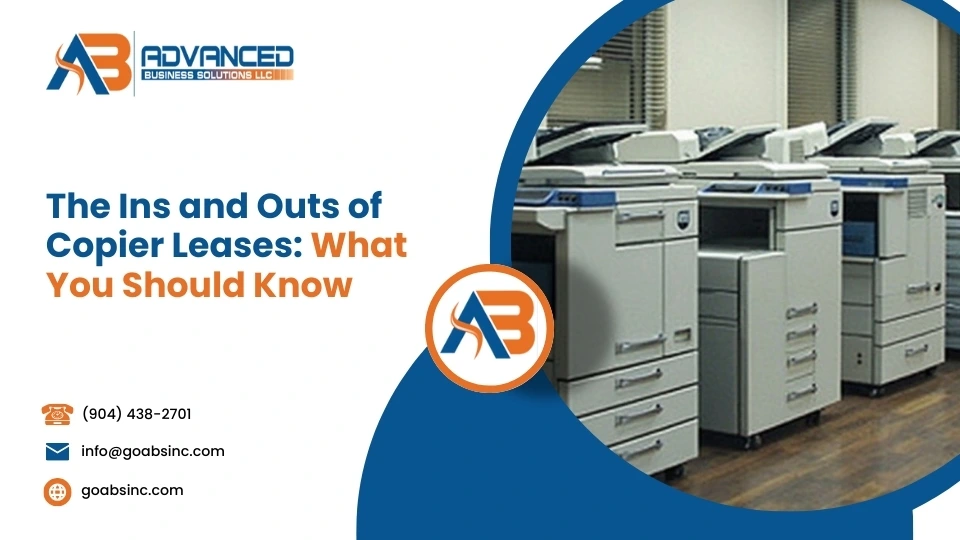


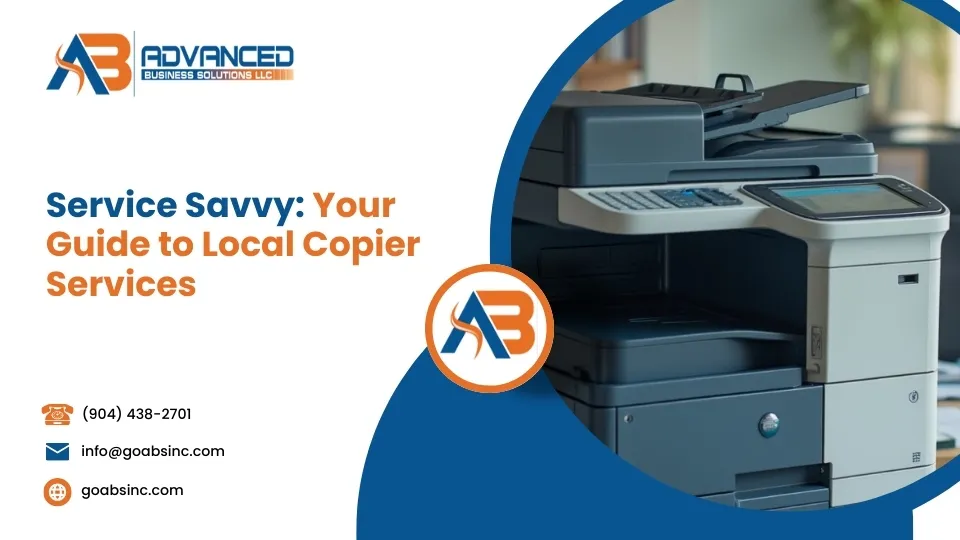
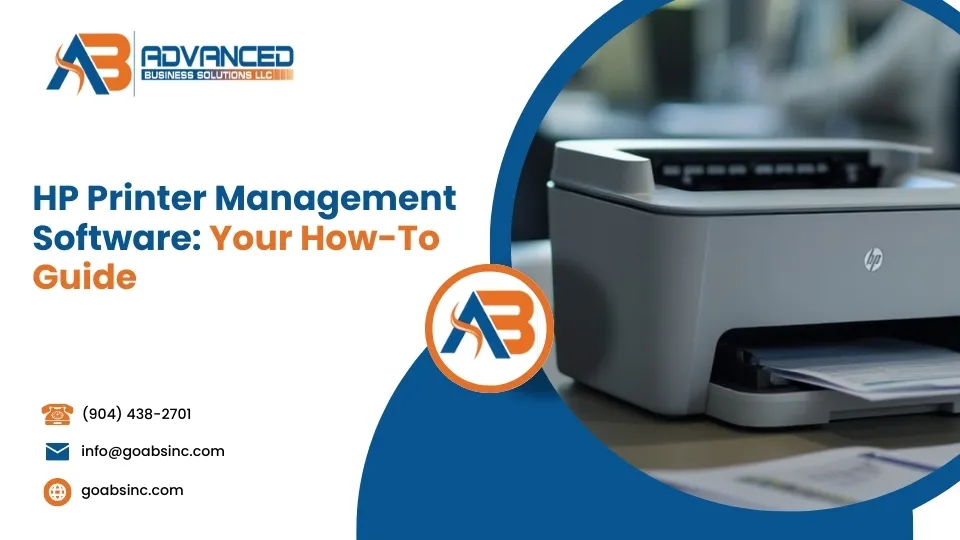
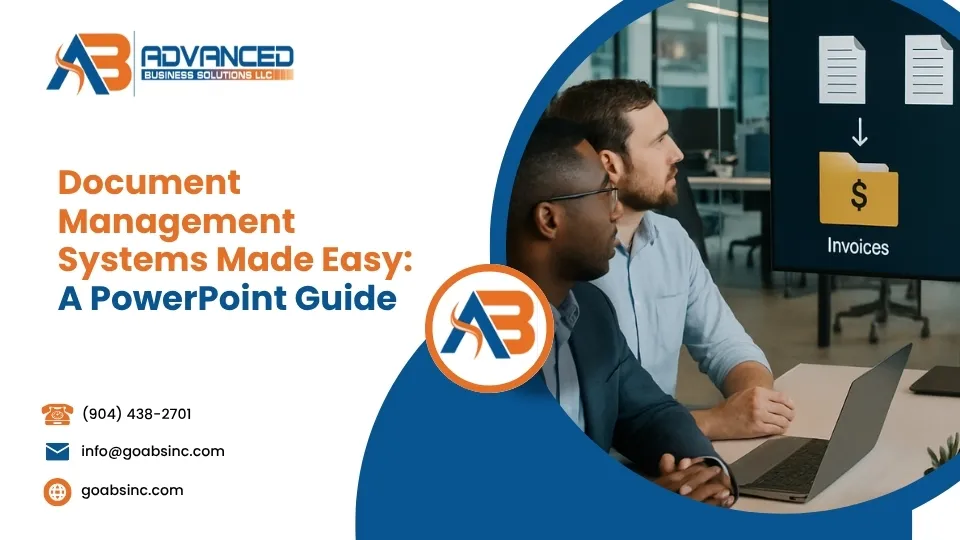
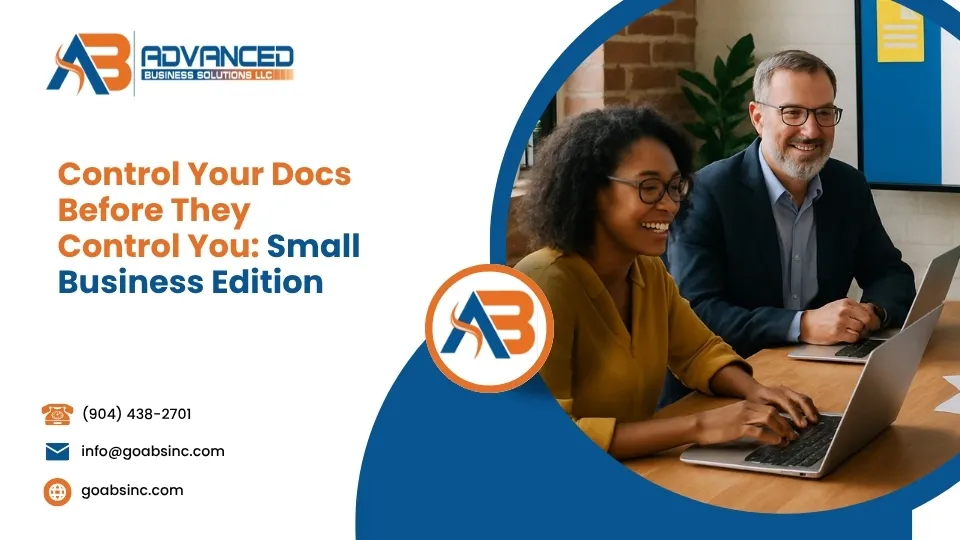
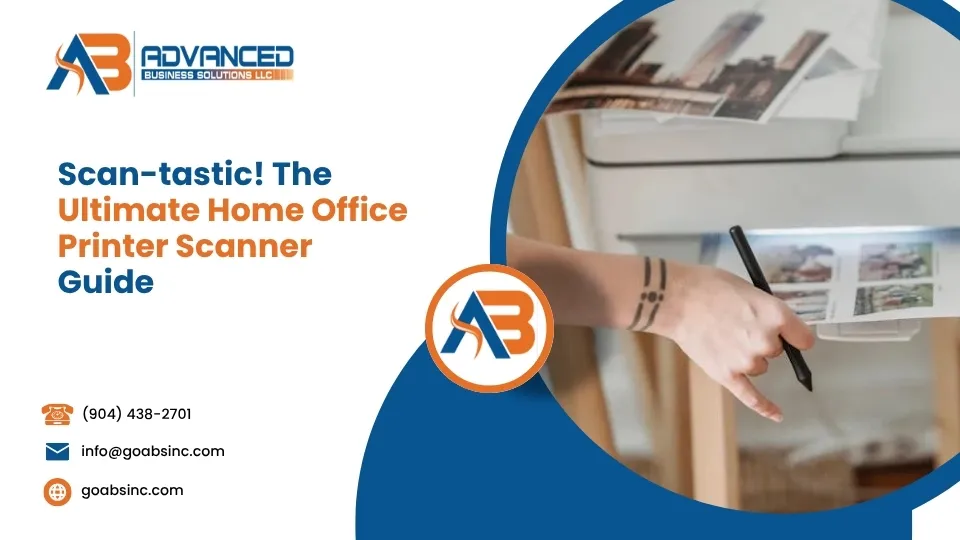
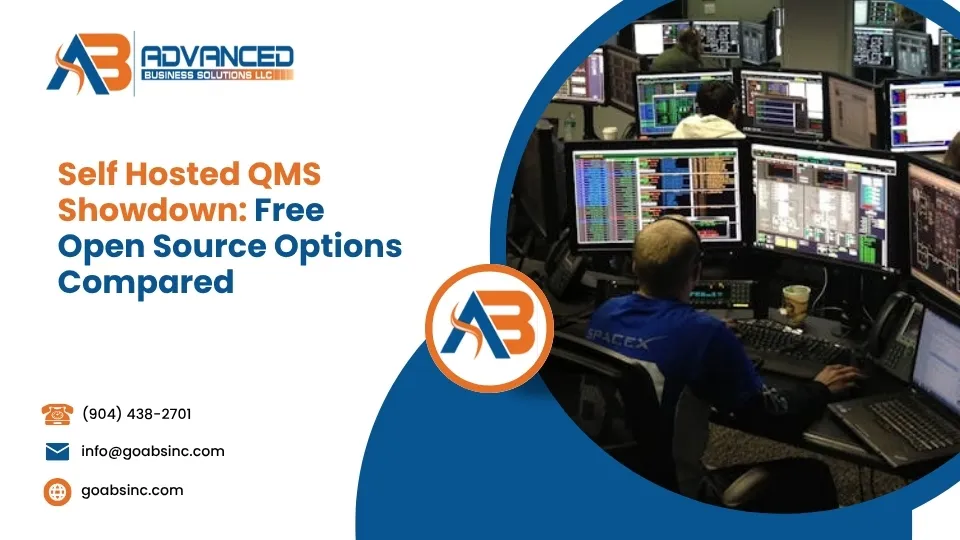
Comments are closed